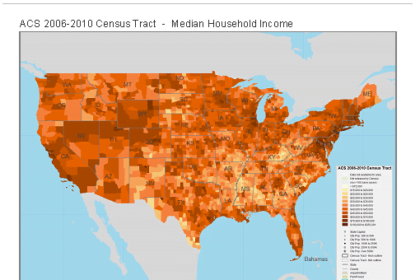5 Rules for Better Sales Analytics
Sales performance isn’t just about sales numbers and sales activities. Sure, trends…
Big Data Symposium from TDWI – October 3rd in NYC
Join us for the latest event of the Tri-State NY/NJ/CT Chapter of…
The Elephant and the Cheetah: Episode 2 in the “Potholes of BI” Series
You don’t want to be an elephant if you’re a BI (business…
The 4 Phases of a Decision
We make hundreds of decisions a day, some conscious, some unconscious. But…
Interactive Analytics and OLAP – Part III
In the part II of interactive analytics and OLAP, we left a question: Can the narrowed OLAP be used to complete the computation process as follows (marketing and sales data analysis)? In the part II of interactive analytics and OLAP, we left a question: Can the narrowed OLAP be used to complete the computation process as follows (marketing and sales data analysis)?The first…
Gartner’s 2012 Hype Cycle for Emerging Technologies
Since 1995, Gartner has been tracking the development and adoption of new…
Increased Demands for BI within Healthcare IT
What is driving the demand for BI and analytic professionals within healthcare?…
When Your Cloud Platform Becomes Your Competition
As more companies turn to cloud computing, social media and online selling…
Interactive Analytics and OLAP – Part II
After the first stage of real application process of the OLAP in interactive analytics and OLAP - Part I, we will start OLAP application of stage 2. After the first stage of real application process of the OLAP in interactive analytics and OLAP - Part I, we will start OLAP application of stage 2. Those guesses in part I of interactive data analytics are just the basis for forecast. After operating for a period of time, a constructed business system can also accumulate large quantities of data (so called complex data calculation), and these guesses have most probably been evaluated by these accumulated data, when evaluated to be true, they can be used in forecast; when evaluated to be false they will be re-guessed. It needs to be noted that these guesses are made by users themselves instead of the computer system! Instant data analytics is started by human being in OLAP. What a computer should do is to help a user to evaluate according to the existing data, the guess to be true or false, namely, on-line data query (including certain aggregation computation). This is just the application process of OLAP. The reason why on-line analysis is needed is that many query computations are temporarily required after a user has seen a certain intermediate result. In the whole process, model in advance is impossible and unnecessary (Raqsoft esProc is born to deal with these issues).We call the above process evaluation process, whose purpose is to find from historical data some laws or evidences for conclusions, and the means adopted is to conduct interactive query computation on historical data. And this process can be a complex data calculation. The following are a few examples actually requiring computations (or queries): The first n customers whose purchases from the company account for half of the sales volume of the company of the current year; The stocks which go up to the limit for three consecutive days within one month; …


